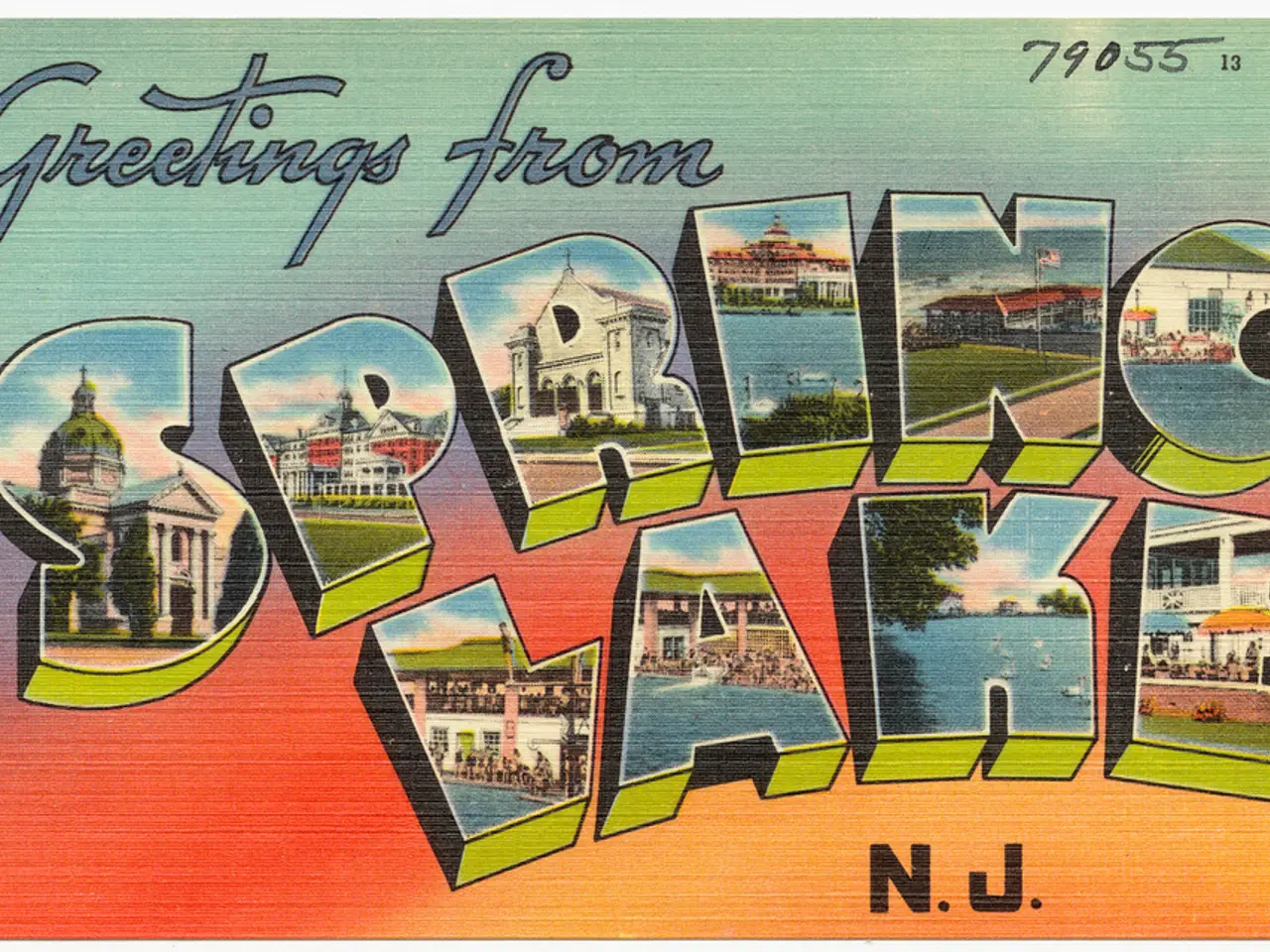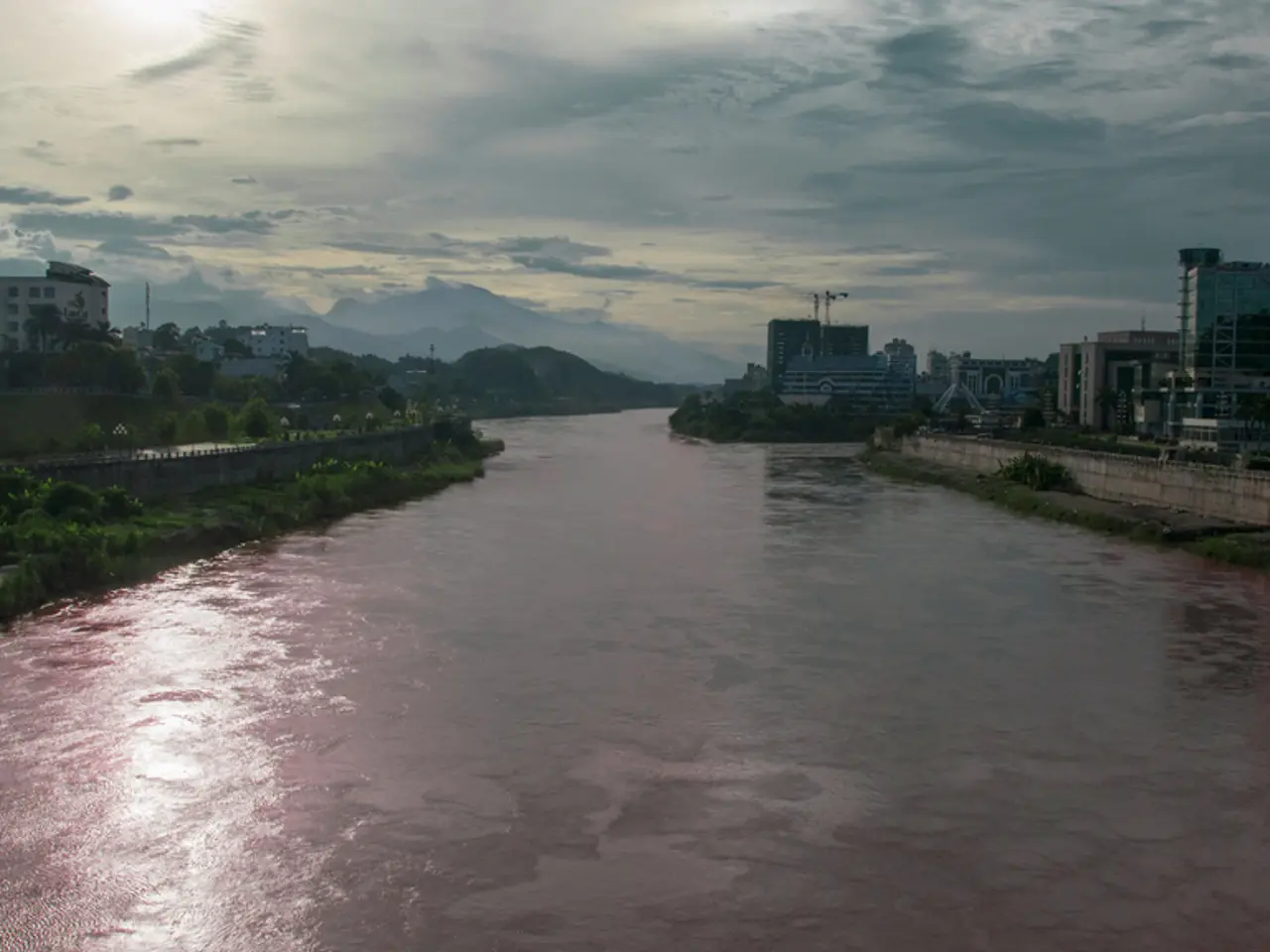Strengthened Regulatory Structures Paving Way for a Future of Sustainability
In a bid to combat climate change, preserve biodiversity, and promote sustainability, the focus on enhancing regulatory frameworks, particularly the Industrial Emissions Directive (IED) and Best Available Techniques (BAT), is gaining momentum. Here's how these strategies can contribute to improved pollution control and environmental protection.
**1. Regular Permit Reviews and Compliance Enforcement** Regulatory bodies like the Environment Agency must routinely review industrial permits to ensure compliance with IED requirements. This includes updating permit conditions every four years following updated BAT conclusions to safeguard environmental and human health protection. Facilities must also adopt the BAT conclusions published by the European Commission, such as the Waste Treatment BAT conclusions from 2018, ensuring compliance within a set timeframe.
**2. Integration of Multi-Pollutant Control Strategies** Employing advanced techniques and technologies for controlling multiple pollutants simultaneously enhances overall air quality management and sustainability. This integrated approach allows for efficient pollution reduction across various emission sources within industrial settings.
**3. Bridging Regulatory Gaps with Complementary Directives** The MCPD (Medium Combustion Plant Directive) complements the IED by covering emissions from medium-sized combustion plants. Regular reporting and compliance monitoring under such complementary directives reinforce the overall emission control regime.
**4. Use of BAT Reference Documents (BREFs) and Continuous Updates** BAT conclusions are derived from regularly updated BREF documents developed through EU-wide sectoral reviews. Authorities and industries must keep updated with these evolving standards and implement the latest BAT to benefit from state-of-the-art pollution control technologies and practices.
**5. Stakeholder Engagement and Transparent Communication** Effective implementation involves collaboration between regulators, industry stakeholders, and the public. Transparent reporting, public consultation during permit reviews, and dissemination of BAT updates improve compliance and foster innovation in pollution control practices.
**6. Leveraging Data and Technology for Monitoring and Reporting** Utilizing modern data analytics, continuous emissions monitoring systems (CEMS), and digital tools enables precise tracking of pollutant emissions and ensures timely corrective actions. It also facilitates regulatory compliance and supports environmental sustainability goals.
By systematically combining legislative enforcement (permit reviews), technology adoption (BAT implementation), multi-pollutant strategies, complementary regulations, and stakeholder collaboration, regulatory frameworks like the IED can be effectively strengthened and adapted to evolving environmental challenges. This approach ensures improved pollution control efficiency while safeguarding public health and the environment.
It's crucial to gather feedback from communities affected by pollution to assess the impact of regulatory changes on public health and environmental quality. Ensuring consistent enforcement of regulations across different jurisdictions can be challenging due to varying levels of resources and commitment. Stricter emission limits aim to reduce harmful pollutants released into the environment, leading to improved air and water quality.
Navigating new regulations can be challenging for industries, particularly smaller businesses with limited resources. To facilitate compliance, offering financial incentives or support programs could be beneficial. Empowering regulatory authorities with the authority to suspend operations of non-compliant facilities as necessary can also encourage adherence to regulations.
Achieving consensus among policymakers on the need for enhanced regulations can be difficult, especially in regions where economic interests may conflict with environmental goals. Establishing a system of regular audits for industrial facilities to assess compliance with emission limits and BAT requirements can help maintain accountability and ensure the effectiveness of the enhanced regulatory frameworks. Accountability measures include regular audits and penalties for non-compliance.
In conclusion, enhancing regulatory frameworks plays a significant role in promoting sustainability, protecting the environment, and ensuring public health. By adopting these strategies, we can effectively address the challenges posed by pollution and contribute to a more sustainable future.
- The integration of multi-pollutant control strategies in the industrial sector, utilizing advanced technologies, can contribute significantly to enhancing overall air quality management and promoting sustainability, as it allows for efficient pollution reduction across various emission sources.
- In order to combat climate change and preserve biodiversity, it's important to leverage data and technology for monitoring and reporting, such as continuous emissions monitoring systems (CEMS) and digital tools, which enable precise tracking of pollutant emissions and support the achievement of environmental sustainability goals.
- In the realm of environmental-science and policy-and-legislation, bridging regulatory gaps with complementary directives like the MCPD is crucial. This approach reinforces the overall emission control regime by covering emissions from medium-sized combustion plants and ensuring regular reporting and compliance monitoring.







